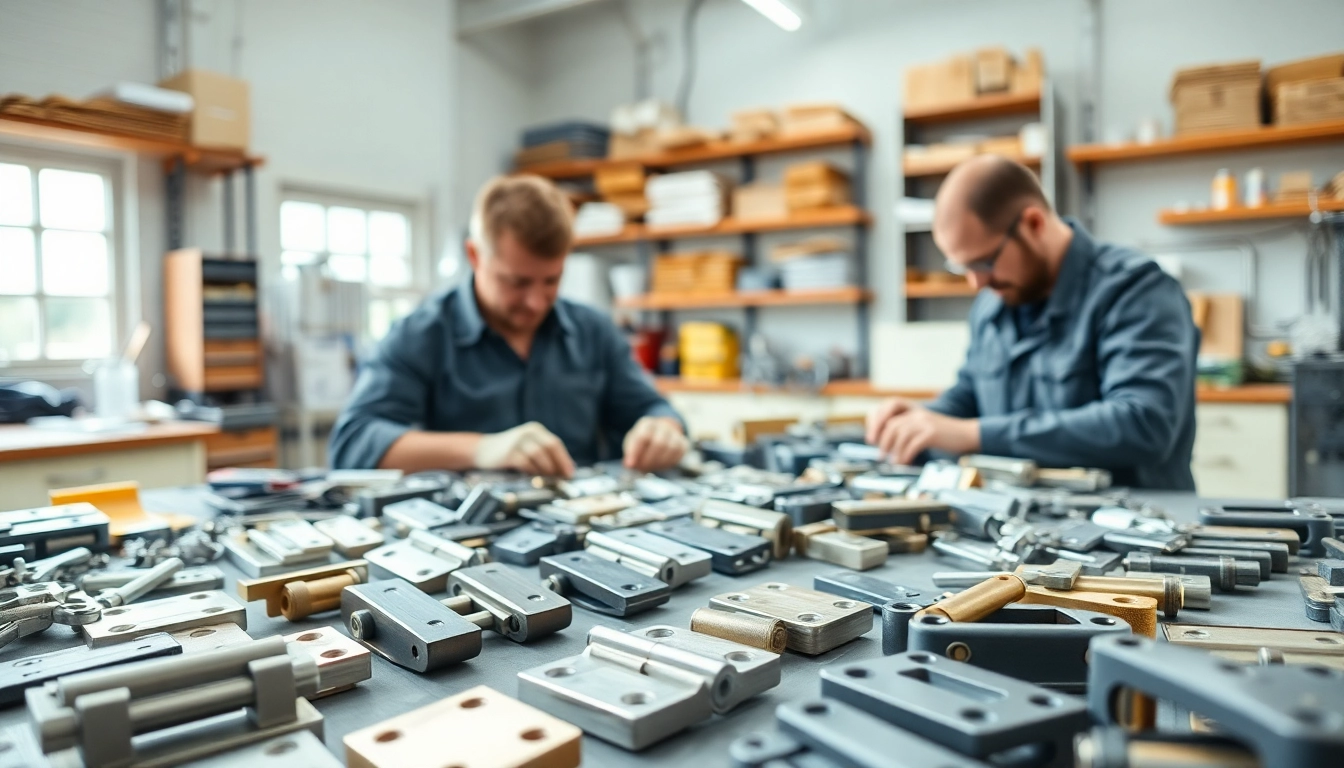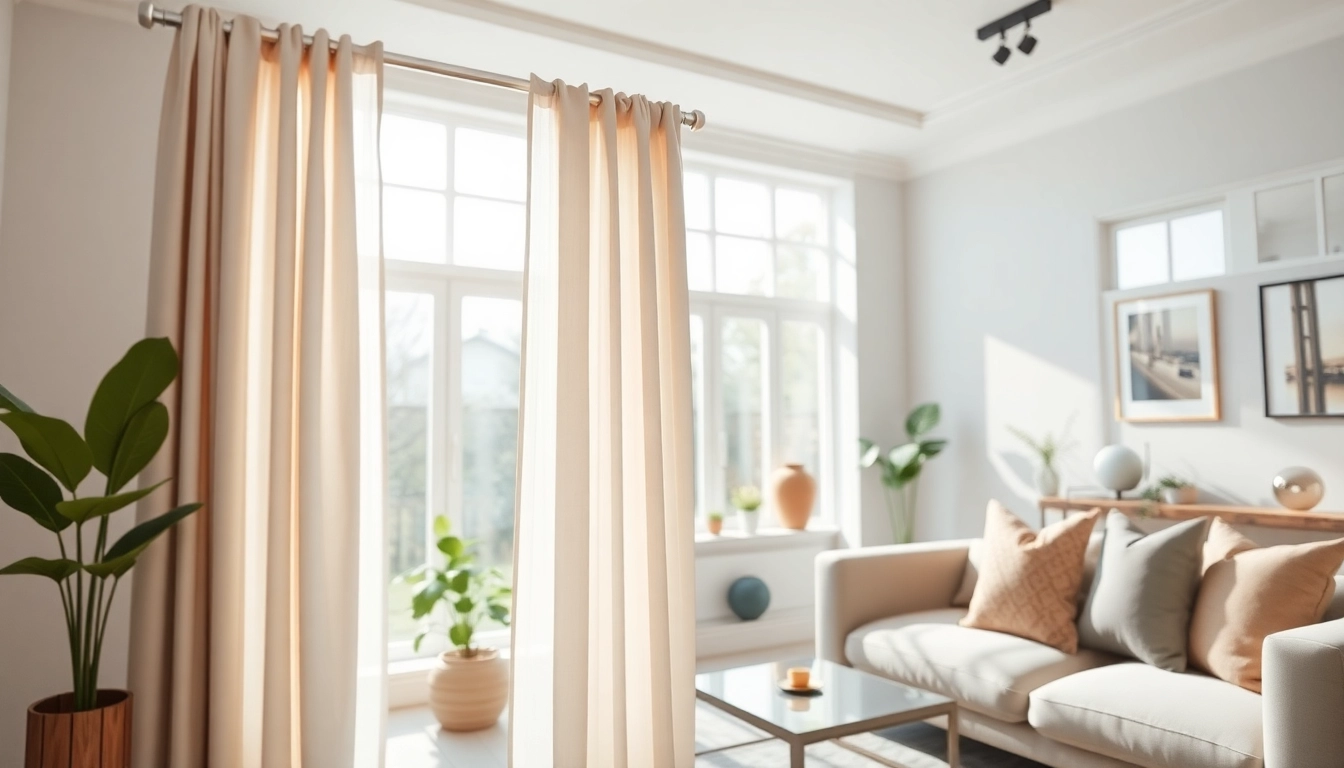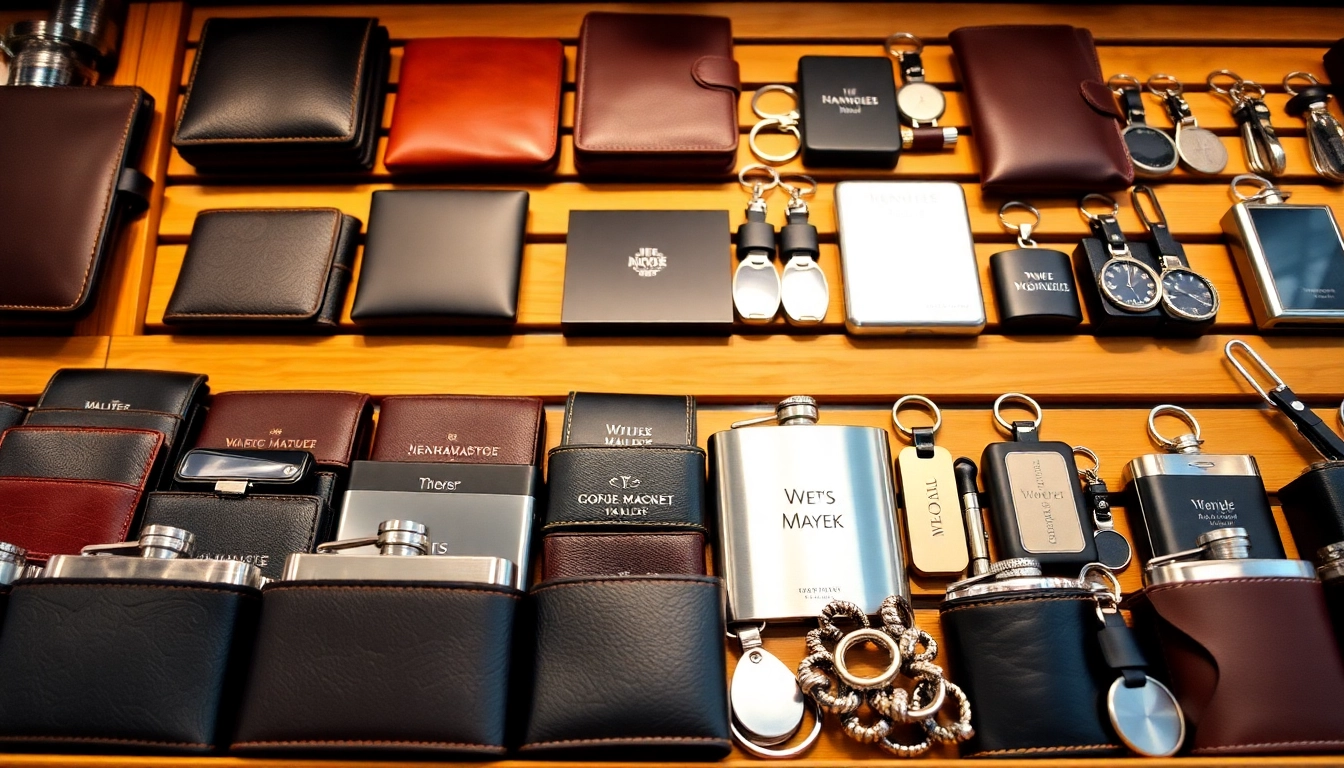Understanding Cabinet Hinges
1. Definition of Cabinet Hinges
Cabinet hinges are crucial mechanical devices that allow two objects – typically a cabinet door and the cabinet frame – to pivot around a fixed axis. These hinges provide the functionality necessary for opening and closing cabinetry, making them essential for both residential and commercial furniture. The functionality and aesthetics of cabinet doors are profoundly influenced by the quality and type of hinge used.
2. Types of Cabinet Hinges
Cabinet hinges come in a variety of styles, each suited for particular designs and functionalities. The most common types include:
- Concealed Hinges: Also known as euro hinges, these are invisible when the cabinet door is closed, providing a clean and modern look.
- Overlay Hinges: Ideal for cabinet doors that overlay the cabinet frame, these hinges can be either partial or full overlay.
- Semi-Concealed Hinges: These hinges are partially visible and are often used in older cabinetry designs.
- Butt Hinges: Traditional hinges that are commonly used where a flush mount is unnecessary. They are visible and provide a classic look.
- Pivot Hinges: Allow the door to pivot rather than swing from the side and are used in applications with larger doors.
3. Choosing the Right Cabinet Hinges
Selecting the appropriate cabinet hinge is essential for maximizing both functionality and aesthetic appeal. Consider the following factors:
- Weight of the Door: Heavier doors require sturdier hinges.
- Door Style: The hinge should align with the cabinet design, whether traditional or contemporary.
- Ease of Installation: Some hinges will have complex installation procedures that may require a professional’s help.
Top Cabinet Hinge Manufacturers
1. Overview of Leading Brands
When considering cabinet hinge manufacturers, several brands stand out. Notable players in the market include:
- Blum: Renowned for their high-quality concealed hinges and innovative soft-close systems.
- Grass: Offers a wide variety of functional and aesthetically pleasing hinges.
- Amerock: Known for stylish and durable hardware, including a variety of hinges.
- Salice: A reputable manufacturer specializing in innovative hinge solutions.
- TALLSEN: Cabinet Hinge Manufacturers that focuses on providing robust and versatile hinges.
2. How These Manufacturers Ensure Quality
Leading manufacturers maintain strict quality control processes to ensure durability and performance. This often includes:
- Material Selection: Using premium materials such as stainless steel and high-grade plastic.
- Testing: Rigorous testing for cycle performance, load bearing, and environmental resistance.
- Certifications: Many manufacturers comply with international quality standards, guaranteeing product longevity and reliability.
3. Customer Reviews and Recommendations
Customer feedback is a valuable resource when selecting hinge manufacturers. Reviews often highlight the reliability, ease of installation, and aesthetic appeal of various products. Recommendations from builders and interior designers can also provide insights into the best brands tailored for specific projects.
Factors to Consider When Selecting Cabinet Hinges
1. Material and Durability
The material used in the hinges is critical for ensuring durability. Stainless steel and solid brass are common choices for their resistance to corrosion and wear. Consider the environment where the hinges will be installed; for instance, humid areas may require hinges that can withstand moisture.
2. Style Compatibility with Cabinets
Cabinet hinges should complement the cabinet style, whether it’s modern, farmhouse, or traditional. Choose hinges that match the finish and design of the cabinetry to maintain a cohesive look. For instance, concealed hinges are often preferred in contemporary designs, whereas exposed butt hinges may suit a rustic aesthetic.
3. Price vs. Quality
While it may be tempting to opt for the cheapest option, investing in quality hinges pays off in the long run. Low-cost hinges often compromise on materials and craftsmanship, leading to a higher likelihood of failure. A balance between affordability and quality should be sought, ensuring that the chosen hinges will last and perform effectively over time.
Installation Guide for Cabinet Hinges
1. Tools Needed for Installation
Installing cabinet hinges may require specific tools, including:
- Screwdriver (Phillips or flat-head depending on screws used)
- Drill with bits
- Measuring tape
- Level
- Pencil for marking
2. Step-by-step Installation Process
Follow this general process for installing cabinet hinges:
- Determine the appropriate placement for hinges by measuring the door and frame.
- Use a level to ensure hinges are aligned properly.
- Mark the drilling points on the cabinet and door with a pencil.
- Drill pilot holes for screws to prevent splitting.
- Attach hinges to the cabinet frame first and then to the door.
- Test the door functionality to ensure smooth operation before tightening screws completely.
3. Common Mistakes to Avoid
Several common mistakes can hinder proper installation:
- Not measuring accurately, leading to misalignment.
- Forgetting to drill pilot holes, which can split the wood.
- Overtightening screws, which may damage the hinges or cabinet.
Future Trends in Cabinet Hinges
1. Innovating Materials and Designs
Future developments in cabinet hinge manufacturing are likely to involve the use of innovative materials such as composite materials or advanced polymers that offer both strength and lightweight characteristics. Additionally, design trends may move towards more modular and adaptable hinge systems that cater to custom cabinetry.
2. Sustainability in Hinge Manufacturing
As sustainability becomes increasingly important, manufacturers will focus on environmentally friendly practices. This includes sourcing sustainable materials, minimizing waste during production, and designing hinges that can be easily recycled at the end of their life cycle.
3. Smart Technology Integration in Hinges
The rise of smart home technology may lead to intelligent hinges that offer features such as soft-close mechanisms operated via smartphone apps or even automated opening systems. These innovations will enhance convenience and functionality in modern cabinetry.



